3D NFT artwork: what you need to know
Abstract: 3D NFT artwork is the vanguard of digital art, merging three-dimensional creativity with blockchain technology. It offers a dynamic, interactive experience that traditional 2D art cannot match.
The Essence of 3D NFT Artwork
3D NFTs are digital assets that use blockchain to verify ownership and authenticity. Artists employ specialized software to craft virtual environments, sculptures, or animations that can be explored in VR or AR. The interactivity of 3D NFTs allows viewers to engage with the art from various angles, offering a richer experience.
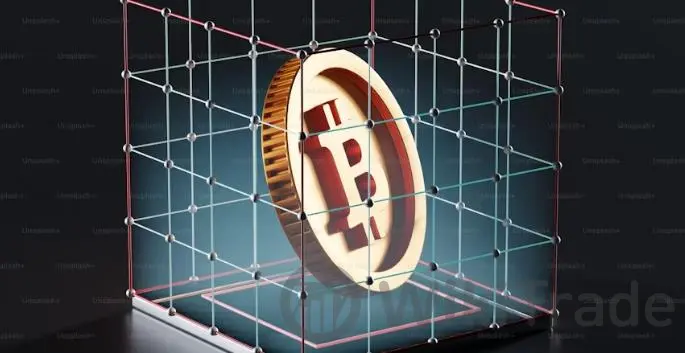
Technology Behind the Art
3D NFT artwork is created using a mix of digital tools and blockchain platforms:
- 3D Modeling Software: Tools like Blender and Maya are used for detailed 3D model creation.
- Rendering Engines: Engines such as V-Ray and Unreal Engine render scenes with realistic lighting and textures.
- Blockchain Technology: Platforms like Ethereum and Flow are used to mint NFTs, ensuring ownership and authenticity.
- Smart Contracts: These automate the transfer of ownership and sales, ensuring secure transactions.
- Interoperability Standards: Standards like ERC-721 allow NFTs to be exchanged across platforms.
- Decentralized Storage: Networks like IPFS keep artwork files accessible and unchangeable.
- VR and AR: Some NFTs are designed for immersive experiences in virtual environments.
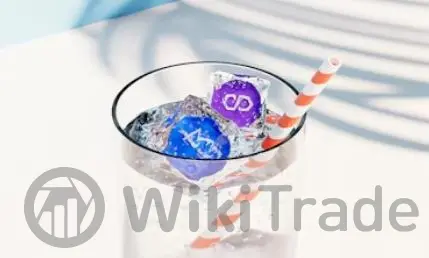
Why 3D NFT Artwork Costs More
The cost of 3D NFT artwork is driven by:
- Complex Creation Process: Requires mastery of specialized software and hardware.
- Blockchain Integration: Minting NFTs involves transaction fees and possibly platform fees.
- Decentralized Storage: While cost-effective long-term, setting up decentralized storage can have initial costs.
- Market Dynamics: Limited editions, artist reputation, and demand influence price.
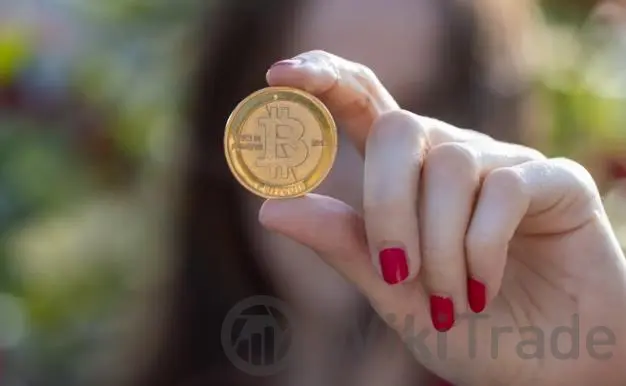
Factors Influencing NFT Artwork Prices
The value of an NFT artwork is determined by:
- Artist Reputation: Well-known artists can command higher prices.
- Artistic Quality: Aesthetic appeal and creativity impact value.
- Scarcity and Rarity: Limited editions increase value due to scarcity.
- Historical Sales Performance: Previous sales set a benchmark for future pricing.
- Market Demand: Current trends and interest in digital art affect pricing.
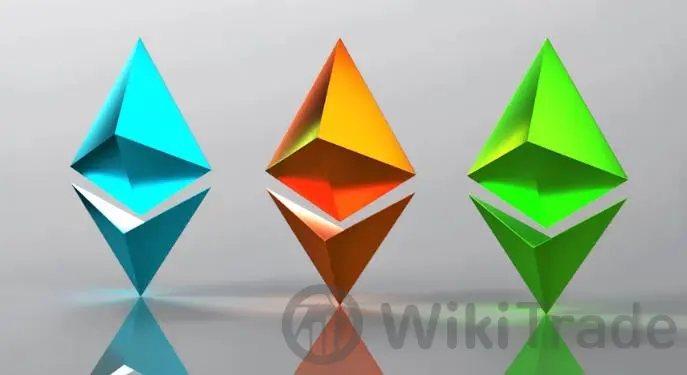
Becoming a 3D NFT Artist
To become a 3D NFT artist, you need:
- High-Performance Computer: Essential for 3D modeling and rendering.
- Mastery of Software: Proficiency in tools like Blender and V-Ray is crucial.
- Understanding of Blockchain: Knowledge of platforms for minting and trading NFTs is necessary.
- Artistic Vision: A clear artistic direction and storytelling ability are key to success.
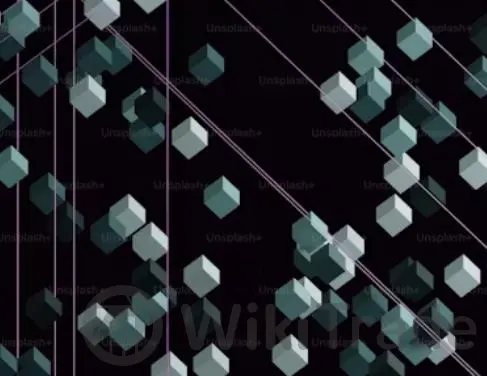
Where to Sell Your Artwork
Platforms like OpenSea, Rarible, Foundation, and SuperRare offer places to sell your NFTs. Each has its community, fee structure, and audience.
Preventing Scams During Trading
Choose platforms that align with your artistic vision and business strategy. Understand their fee structures, community dynamics, and terms of service.
Is 3D Better Than 2D?
The preference for 3D vs. 2D NFT artwork is subjective and depends on the artist's intent and the viewer's taste. Both forms have their place in the art world.
Styles and Themes of 3D NFT Artwork
Styles range from realistic rendering to abstract and conceptual art, fantasy and sci-fi, gaming and character design, and experimental mixed media. Each style caters to different tastes and expands the potential of digital art in virtual spaces.
Final Thoughts
3D NFT artwork offers an interactive and immersive experience that can captivate audiences. Whether it's better than 2D is a matter of personal preference, but it certainly adds a new dimension to digital art.




Top News
 WikiTrade
WikiTrade WikiTrade
WikiTrade WikiTrade
WikiTrade WikiTrade
WikiTrade WikiTrade
WikiTrade WikiTrade
WikiTrade WikiTrade
WikiTrade WikiTrade
WikiTrade WikiTrade
WikiTrade WikiTrade
WikiTrade


